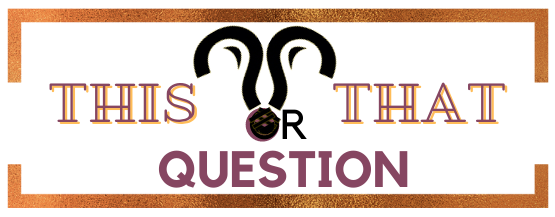Aligned with or aligned to are two terms that are often used interchangeably, but there are subtle differences between them. The terms “aligned with” and “aligned to” both refer to a state of being in agreement or in sync with something else. However, the two terms are used differently in specific contexts.
“Aligned with” is typically used to describe a situation in which two or more parties are on the same page in terms of goals and objectives. This term is most often used in business contexts when referring to the relationship between two or more teams, departments, or organizations. For example, if two tech companies are working together to create a new product, they might say that their efforts are “aligned with” each other.
“Aligned to” is usually used to describe a situation in which one party is following the lead of another. This term is often used in educational settings when one student or group of students is following the guidance or instruction of another. For example, if a student is learning a new skill and is following the lead of their teacher, they might say that they are “aligned to” their teacher’s teaching.
In summary, the terms “aligned with” and “aligned to” are used to describe two different types of relationships. “Aligned with” is typically used to describe two or more parties that are in agreement and working together towards a common goal. “Aligned to” is usually used to describe a situation in which one party is following the lead of another.Aligned with or aligned to are two terms that are often used interchangeably, but there are subtle differences between them. The terms “aligned with” and “aligned to” both refer to a state of being in agreement or in sync with something else. However, the two terms are used differently in specific contexts.
“Aligned with” is typically used to describe a situation in which two or more parties are on the same page in terms of goals and objectives. This term is most often used in business contexts when referring to the relationship between two or more teams, departments, or organizations. For example, if two tech companies are working together to create a new product, they might say that their efforts are “aligned with” each other.
“Aligned to” is usually used to describe a situation in which one party is following the lead of another. This term is often used in educational settings when one student or group of students is following the guidance or instruction of another. For example, if a student is learning a new skill and is following the lead of their teacher, they might say that they are “aligned to” their teacher’s teaching.
In summary, the terms “aligned with” and “aligned to” are used to describe two different types of relationships. “Aligned with” is typically used to describe two or more parties that are in agreement and working together towards a common goal. “Aligned to” is usually used to describe a situation in which one party is following the lead of another.Aligned with or aligned to are two terms that are often used interchangeably, but there are subtle differences between them. The terms “aligned with” and “aligned to” both refer to a state of being in agreement or in sync with something else. However, the two terms are used differently in specific contexts.
“Aligned with” is typically used to describe a situation in which two or more parties are on the same page in terms of goals and objectives. This term is most often used in business contexts when referring to the relationship between two or more teams, departments, or organizations. For example, if two tech companies are working together to create a new product, they might say that their efforts are “aligned with” each other.
“Aligned to” is usually used to describe a situation in which one party is following the lead of another. This term is often used in educational settings when one student or group of students is following the guidance or instruction of another. For example, if a student is learning a new skill and is following the lead of their teacher, they might say that they are “aligned to” their teacher’s teaching.
In summary, the terms “aligned with” and “aligned to” are used to describe two different types of relationships. “Aligned with” is typically used to describe two or more parties that are in agreement and working together towards a common goal. “Aligned to” is usually used to describe a situation in which one party is following the lead of another.Aligned with or aligned to are two terms that are often used interchangeably, but there are subtle differences between them. The terms “aligned with” and “aligned to” both refer to a state of being in agreement or in sync with something else. However, the two terms are used differently in specific contexts.
“Aligned with” is typically used to describe a situation in which two or more parties are on the same page in terms of goals and objectives. This term is most often used in business contexts when referring to the relationship between two or more teams, departments, or organizations. For example, if two tech companies are working together to create a new product, they might say that their efforts are “aligned with” each other.
“Aligned to” is usually used to describe a situation in which one party is following the lead of another. This term is often used in educational settings when one student or group of students is following the guidance or instruction of another. For example, if a student is learning a new skill and is following the lead of their teacher, they might say that they are “aligned to” their teacher’s teaching.
In summary, the terms “aligned with” and “aligned to” are used to describe two different types of relationships. “Aligned with” is typically used to describe two or more parties that are in agreement and working together towards a common goal. “Aligned to” is usually used to describe a situation in which one party is following the lead of another.


